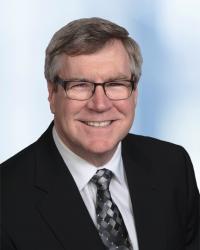 How intimidating is the world of pipeline hedging? Have you ever stood before an audio mixing console in wonderment? The world of audio and hedge systems are related more than you may think.
How intimidating is the world of pipeline hedging? Have you ever stood before an audio mixing console in wonderment? The world of audio and hedge systems are related more than you may think.
Mortgage originators want to price loans in such a way to make a profit margin. Pipeline risk managers endeavor to keep most of the margin with little variance. They seek a balanced hedge.
Humans across the globe desire to experience sounds that are true to the ambience. Audio engineers seek to keep the amplified (or recorded) sound as true for the listener as is practical with little variance.
The foundation to meeting the sound consumer’s expectations is neutrality, which is akin to a balanced hedge. “Neutrality is a concept that can only be defined in a given system by a given listener.” The sound engineer must maintain the balance necessary to keep all elements of the music appealing. A balanced hedge is defined by the product mix and a company’s risk tolerance.
Hedgers constantly assess the changing environment, a mix of volatility, interest rate direction and relationship of various financial instruments, called yield spreads. Sound engineers constantly assess ambient sound, which microphone is used and where it is placed relative to the sound source, what special effects could or should be used to recreate the sound at the time of recording, and a myriad of variables that none of us would ever know exist.
Most audiophiles agree that… “a neutral component or system neither adds nor subtracts from the music (sound) it seeks to convey, allowing the signal to flow through unencumbered,…”. Neutrality Article The hedger attempts to neither add nor subtract from the amount of money the company wants to make to cover expenses and provide a defined investment return.
Both are complex processes that, when performed successfully, are hidden from everyone in the process except the hedger or the mixer.






